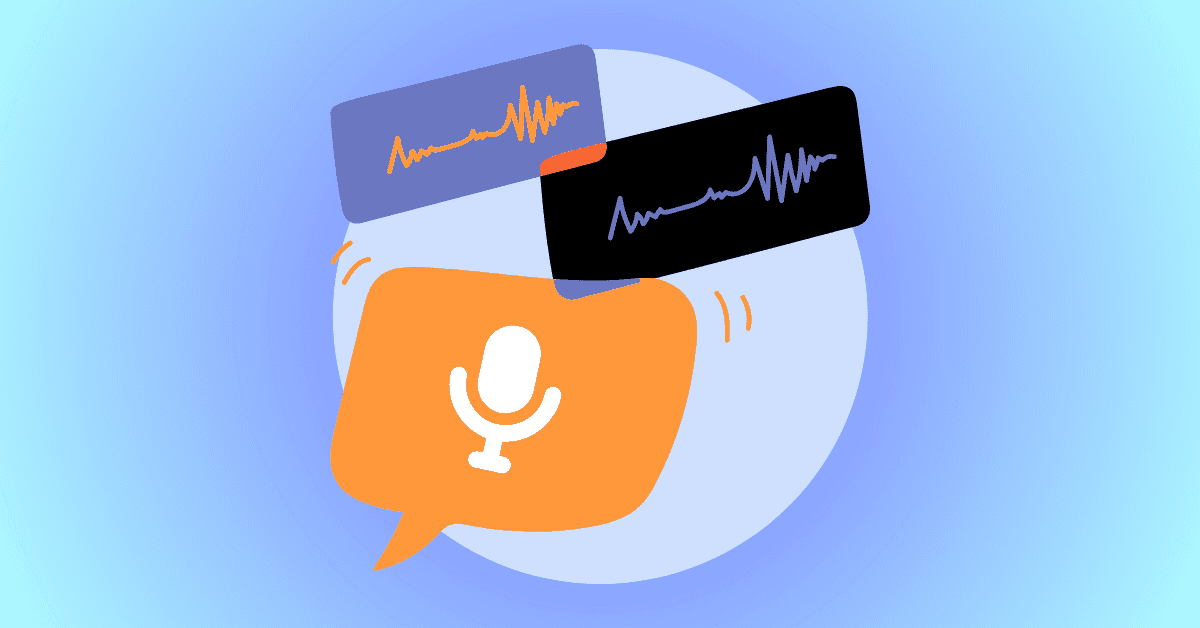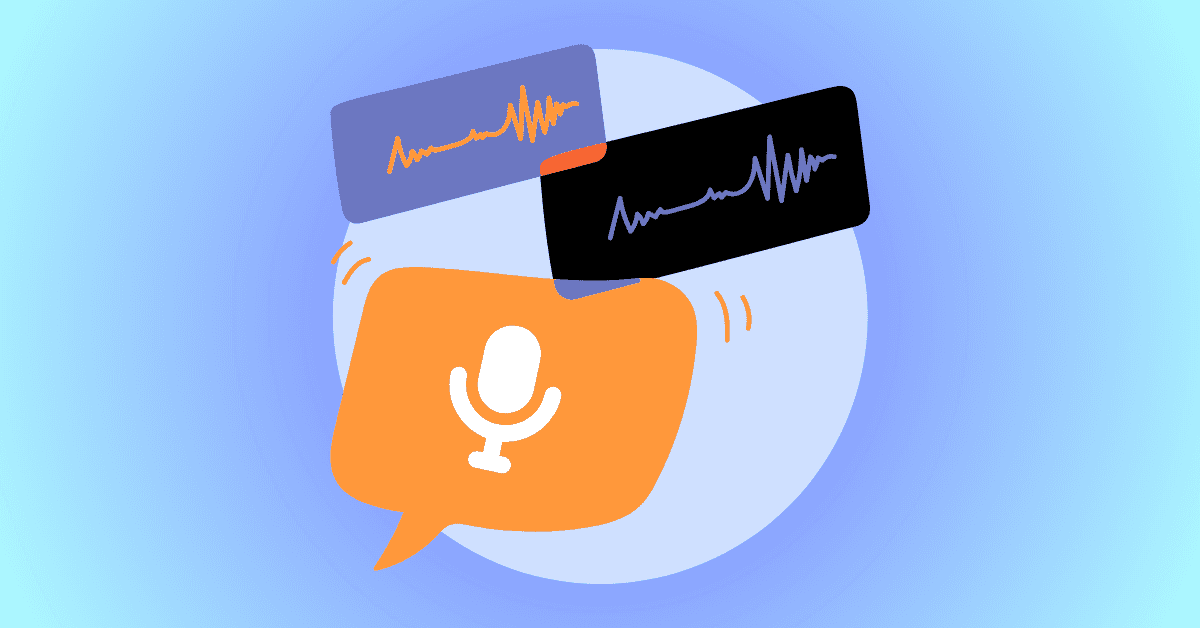
We have been using text to speech to create AI-generated voices for years. As technology has evolved, we’ve gone from monotonous robotic voices to synthetic voices that sound like human voices. Now, the next step in the evolution is here: voice cloning AI.
While the technology behind cloning human voices is very complex, the steps you need to take to replicate your voice are surprisingly simple.
What Is Voice Cloning AI?
Voice cloning AI is a voice generator that creates a digital copy of a human voice. You then enter text, and the voice cloning tool will speak the words aloud in a replica of the target voice. This method allows you to use text-to-speech to produce natural voices that sound identical to the original.
This means that the number of custom voices you can produce is limitless as long as you have enough input from the original voices to train the system. Once the speech model has been trained, you can use your custom voice clone to read hours of speech.
Speech software has now developed so far that voice cloning models can clone a voice in real time. This has profound applications for personalized voice assistants, people with speech impairments, dubbing, chatbots, and more.
Steps to Replicate Your Voice With AI
Ready to try out voice cloning AI for yourself? To ensure you get the best results from your cloned generative voice, follow these simple steps.
1. Find a Voice Cloning AI Service
The first step is choosing the right online voice cloning service for you. When choosing a voice cloning AI service, we recommend looking at four key characteristics:
- Intuitive Interface: Choosing a service with an intuitive interface is one of the most critical factors. This is new technology to almost everyone, so it should be simple to use with a shallow learning curve.
- Language Preference: Ensure that the software is available in the language you are looking for. Most companies have initially focused on English for this new technology. Of course, other languages will soon follow, so if you can’t find the language you are looking for now, stay vigilant for new updates and releases.
- Efficiency: Choosing software you can access directly from your browser without downloading will save you time and effort.
- High-Quality Output: Choose a service that offers a high-quality output. If you are investing in this software, you want to ensure that your final product sounds professional and authentic.
Once you’ve narrowed down your search to an established company with an excellent reputation, try out the software before you commit to purchasing. For example, LOVO has over 700,000 users and offers a free trial, so you know what you’re getting before you even need to fill in your credit card information.
2. Record and Upload Your Voice Sample
The voice sample you record is crucial to ensure you get the best quality custom voice clone. Firstly, you must prepare a script with a wide variation in speech patterns. This enables the voice model to pick up on the nuances of the target voice.
You only need one minute of high-quality audio to generate your voice clone. However, the larger your audio sample is, the better the accuracy of the voice clone will be. You can upload multiple files, which is often much more manageable than recording one large sample.
When recording your audio, make sure you are paying attention to the following:
- Background Noise: Record in a quiet place with minimal echo. If there is background noise or reverberations in the recording, it will affect the quality of the voice clones. Record all voice samples in the same environment to ensure you get consistent and accurate voice clones. Any changes in the background can lead to inconsistent results.
- Microphone Quality: The quality of your microphone will also affect the quality of the recording. If you can’t access a high-quality microphone, try recording your voice sample on your smartphone. The built-in microphone on a smartphone is usually much higher quality than a laptop’s.
- Voice Style: Ensure you are consistent in the style and delivery you use. If you want your voice clone to be high-energy and enthusiastic, record your sample in this style.
Once you have your audio files prepared, simply upload them to the speech tool to begin training the AI. If you are not confident with recording and uploading files, top voice cloning software, such as Genny from LOVO, allows you to record your sample directly onto the system.
3. Train the AI
The AI is ready to be trained as soon as you upload your audio files. This process involves the speech model using machine learning algorithms to pick up on every aspect of the target voice and digitally copy it.
The time the system takes to train the AI depends on the sample size. A larger sample size will produce a more accurate voice clone but will also take longer to process. Remember that you only need a one-minute voice sample to train the AI. This can be broken down into four 15-second sentences.
If you are not satisfied that the AI has thoroughly picked up on all of the nuances of your voice, you can always increase the sample size and retrain the AI.
4. Generate Speech
Once the AI has been trained, you can start producing speech using your cloned voice. To do this, simply add the text you want the generative voice to read. This stage of the process is as simple as traditional text-to-speech but yields far greater results.
While being generated, your audio file will go through two types of post-processing. The system automatically performs the first one to clean up any errors, ensuring you have a high-quality, clear audio file. You can perform the second one manually to make adjustments to the speed, pitch, or volume of the audio file.
Remember that once the AI is trained on your voice clone, you can use it to produce as much content as you want. The cloned voice will remain in the system as one of your many options for future projects.
Select the Right Voice Cloning AI Tool
Over 2,000,000 professionals already love using LOVO’s AI speech tools to produce custom voices. You can make your first voice clone in minutes when you sign up for a free trial. Get started today to see how Genny by LOVO can help you produce the perfect voice clone.



